Optimal Timing for Waterproofing Applications
Waterproofing is a crucial process to protect structures from water infiltration and damage. The effectiveness of waterproofing measures depends heavily on choosing the right time for application, which ensures durability and long-lasting results.
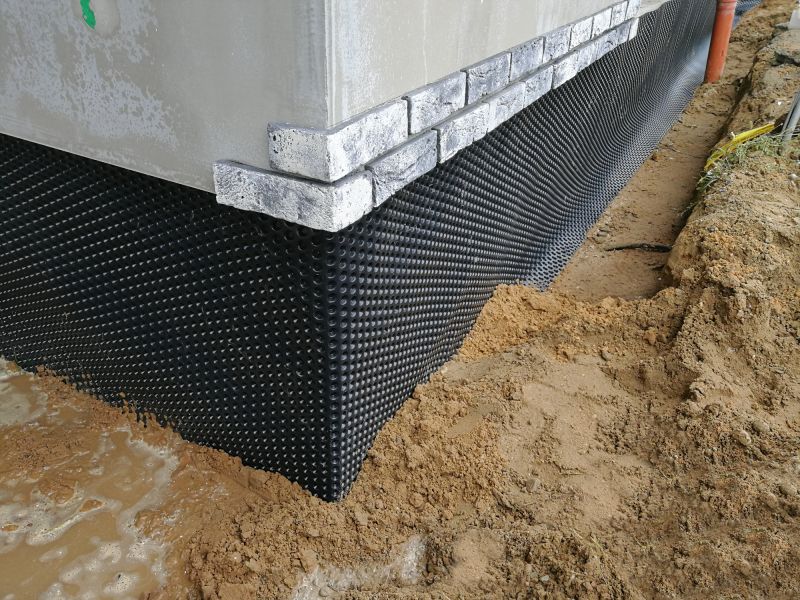
Proper surface preparation is essential before applying waterproofing materials to ensure adhesion and effectiveness.
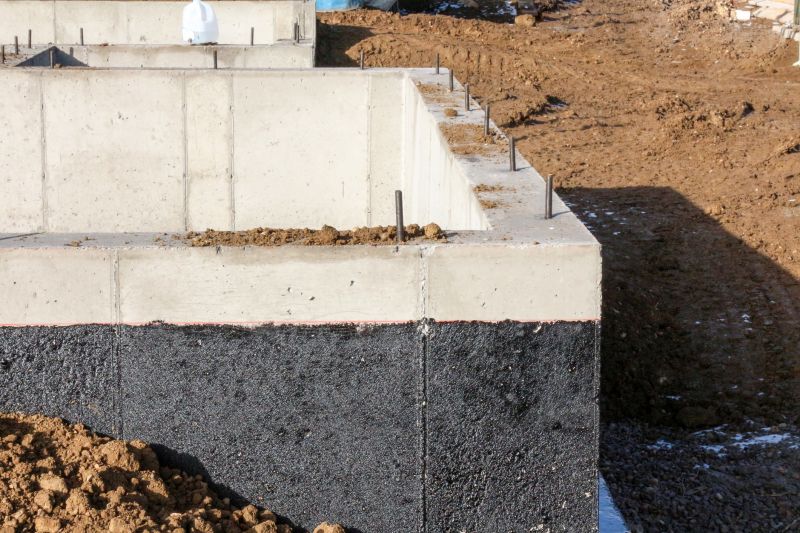
Applying waterproofing during dry, moderate weather conditions prevents issues related to moisture and curing.
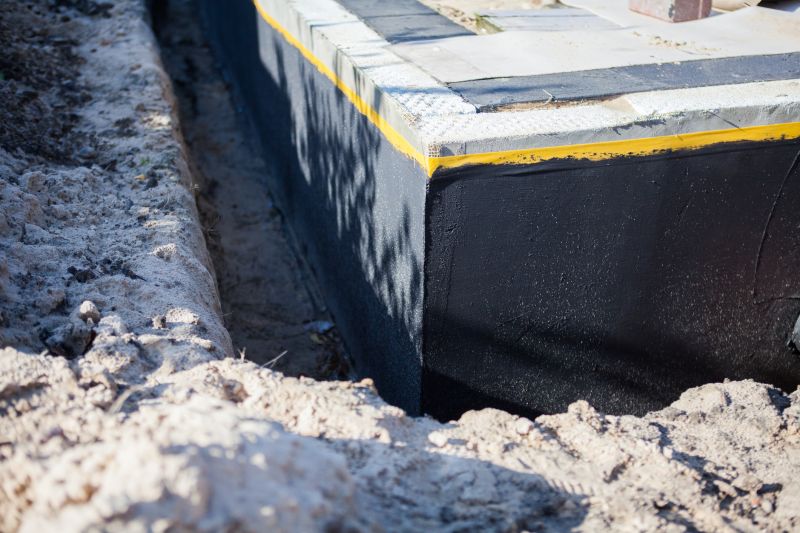
Spring and early fall are ideal seasons due to milder temperatures and lower humidity levels.
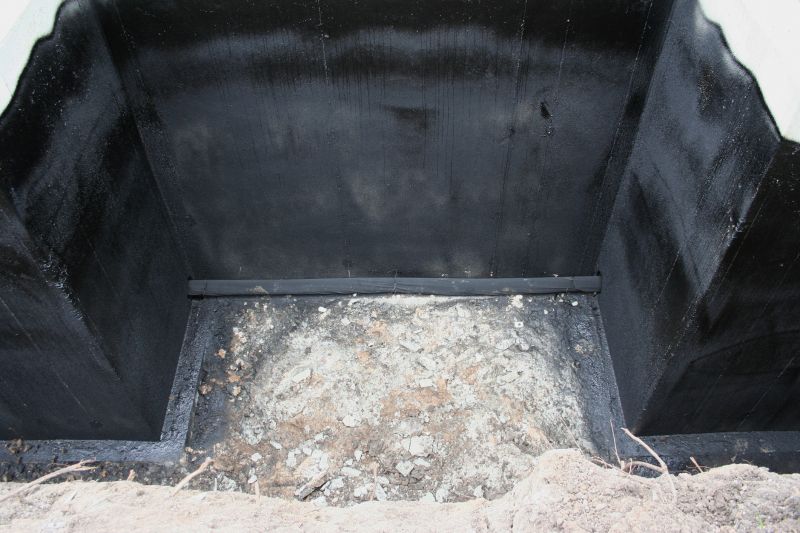
Ways to make Waterproofings work in tight or awkward layouts.
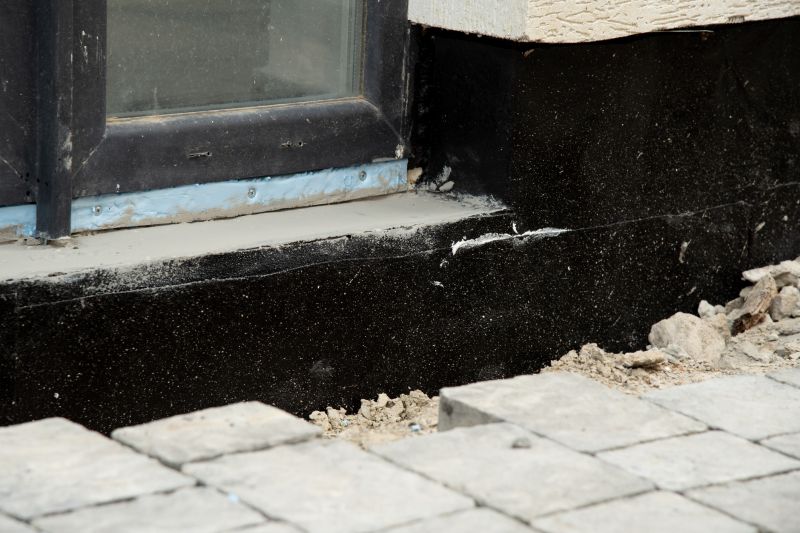
Popular materials for Waterproofings and why they hold up over time.
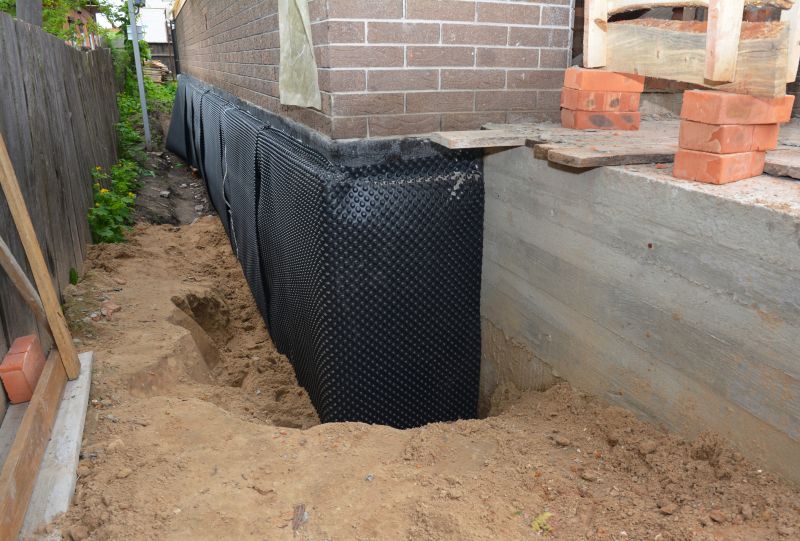
Simple add-ons that improve Waterproofings without blowing the budget.
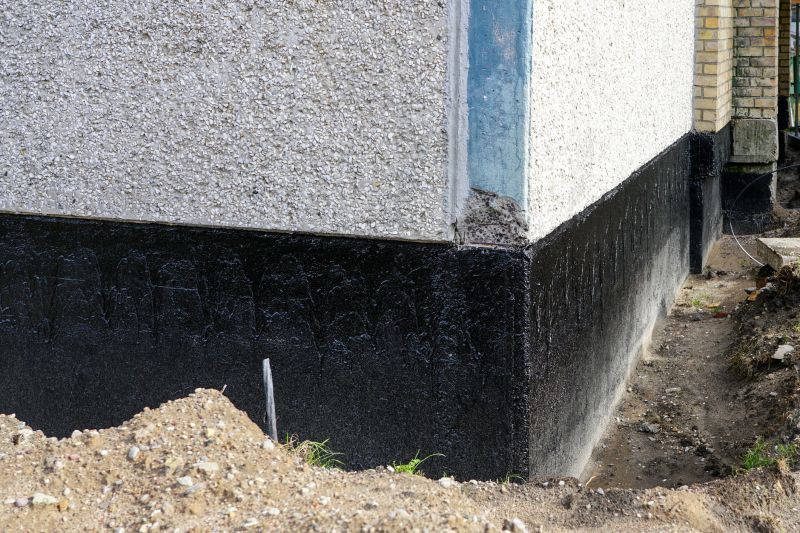
High-end options that actually feel worth it for Waterproofings.

Finishes and colors that play nicely with Waterproofings.
Waterproofings serve to protect foundations, roofs, basements, and other critical areas from water intrusion. Proper timing ensures materials bond correctly and perform optimally. Wet or cold conditions can compromise waterproofing effectiveness, leading to potential failures and costly repairs.
Applying waterproofing at the right time can extend the lifespan of structures and reduce maintenance costs.
Applying waterproofing during unsuitable weather can cause poor adhesion, cracking, or peeling.
Monitoring local weather forecasts helps determine optimal periods for waterproofing projects.
Ensuring surfaces are clean, dry, and free of debris is vital before application.
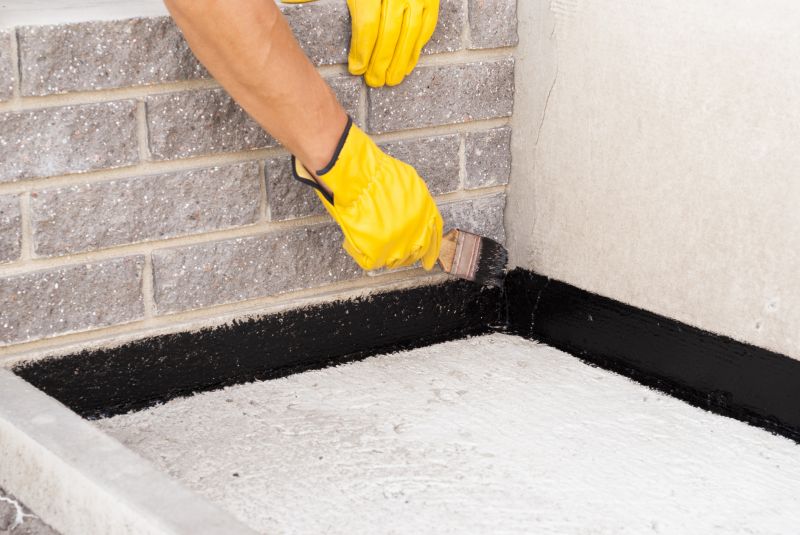
Spring offers favorable weather conditions for waterproofing projects.
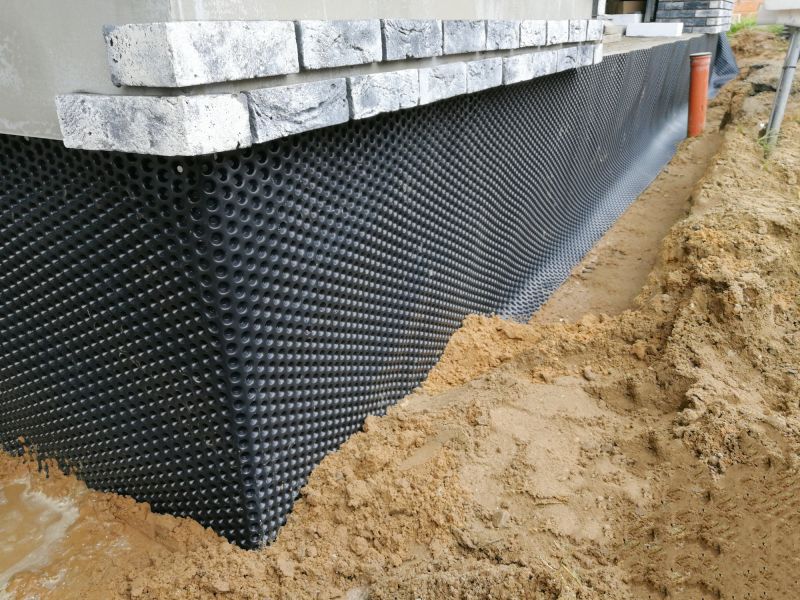
Early summer can be suitable if temperatures are moderate and humidity is low.
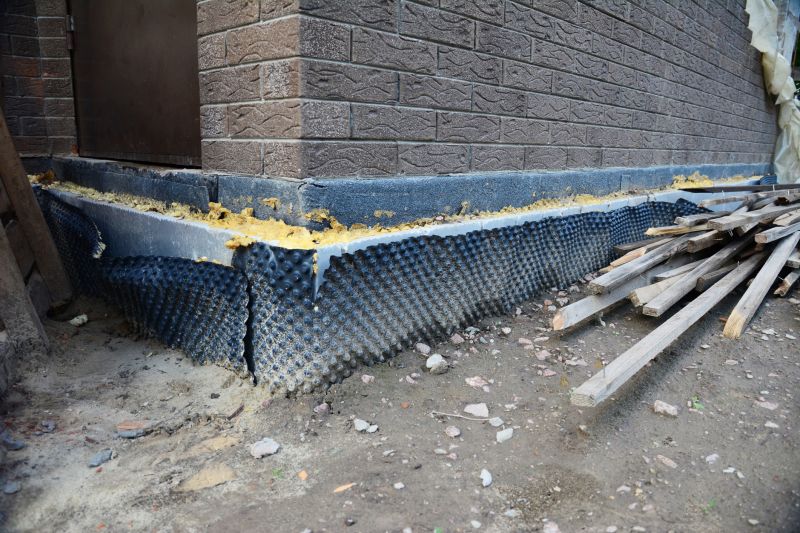
Fall provides cooler temperatures ideal for many waterproofing materials.
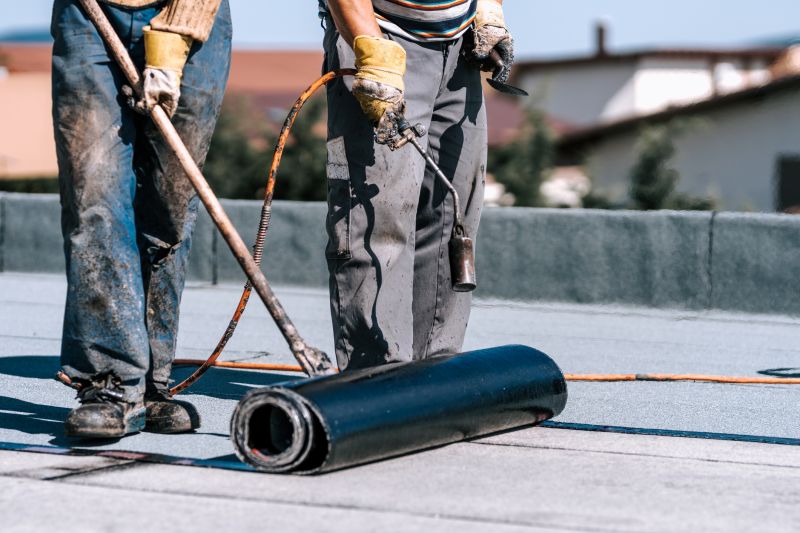
Winter is generally unsuitable due to freezing temperatures and high moisture levels.
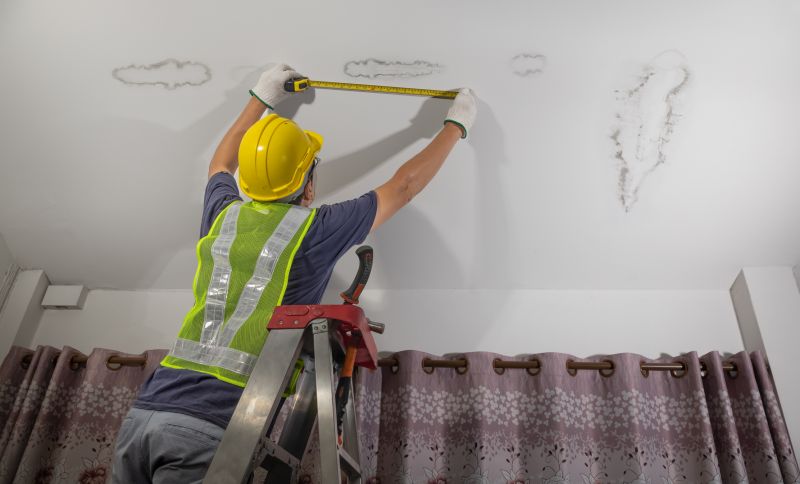
Little measurements that prevent headaches on Waterproofings day.
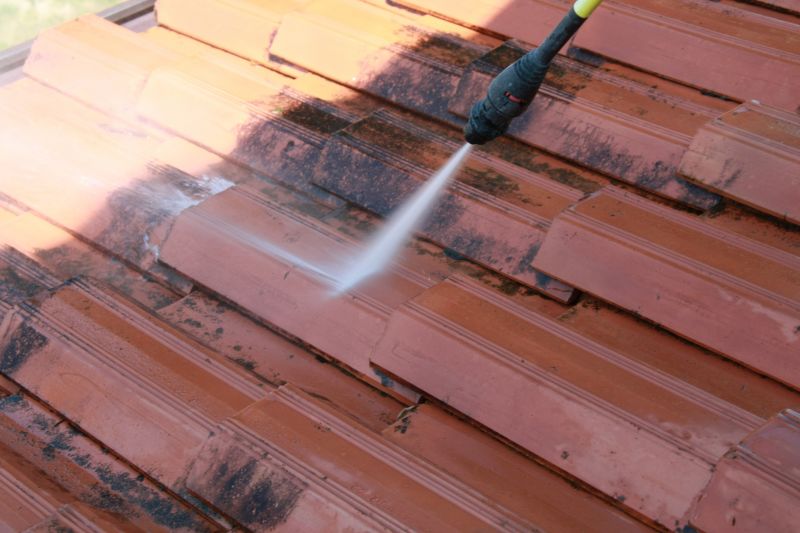
A 60-second routine that keeps Waterproofings looking new.
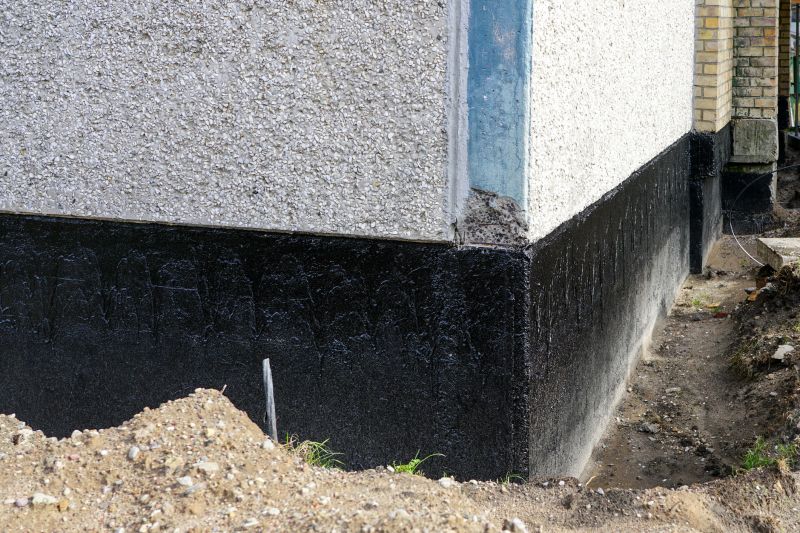
A frequent mistake in Waterproofings and how to dodge it.
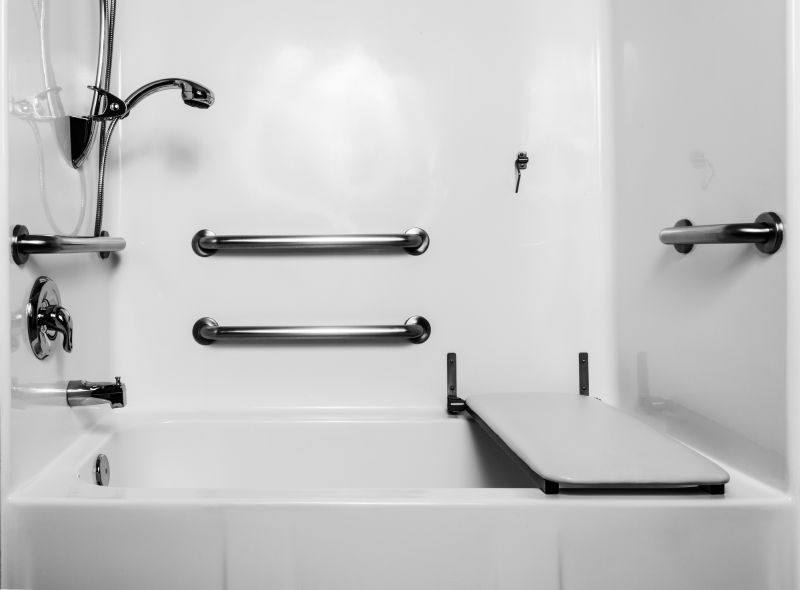
Small tweaks to make Waterproofings safer and easier to use.
| Season | Optimal Conditions |
|---|---|
| Spring | Mild temperatures, low humidity, dry weather |
| Summer | Moderate temperatures, low humidity, dry days |
| Fall | Cool temperatures, low humidity, dry conditions |
| Winter | Freezing temperatures, high moisture, unsuitable |
Understanding the seasonal and weather-related factors is essential for planning waterproofing projects. Proper timing minimizes risks associated with moisture, temperature fluctuations, and surface conditions. Consulting weather forecasts and preparing surfaces in advance contribute to successful waterproofing outcomes.

Choosing days with clear skies and moderate temperatures enhances application quality.
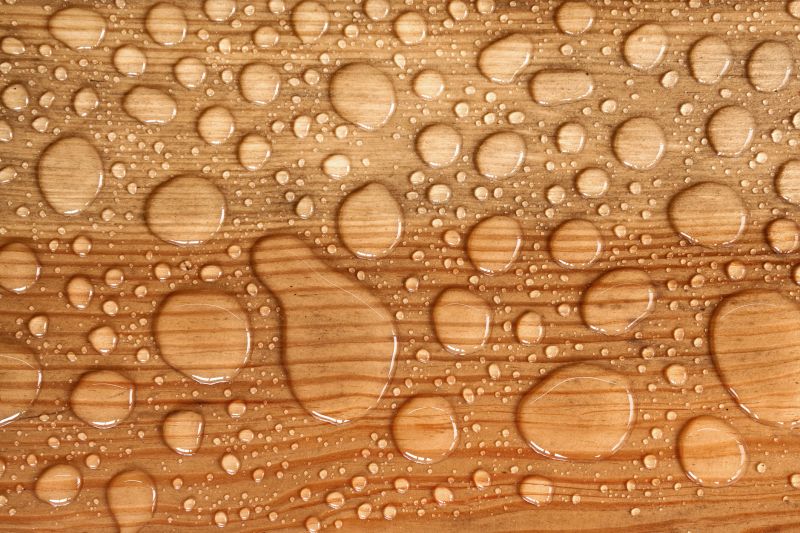
Ensuring surfaces are dry and free of debris is necessary for optimal adhesion.
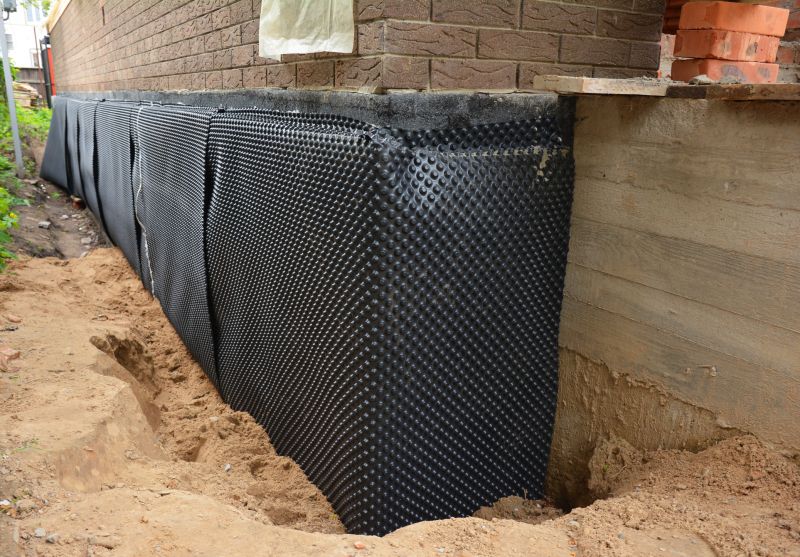
Maintaining proper temperature conditions during application prevents material failure.
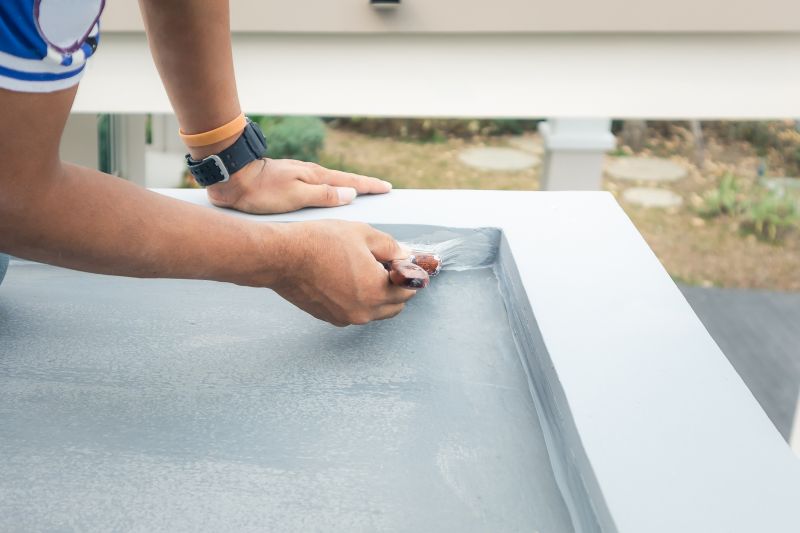
Waiting for suitable weather after application ensures proper curing and longevity.
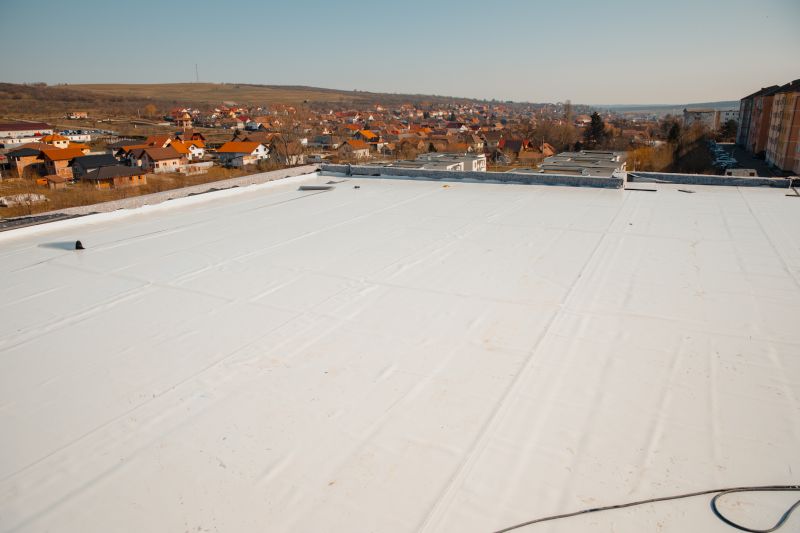
Lower-waste or water-saving choices for Waterproofings.

The short, realistic tool list for quality Waterproofings.
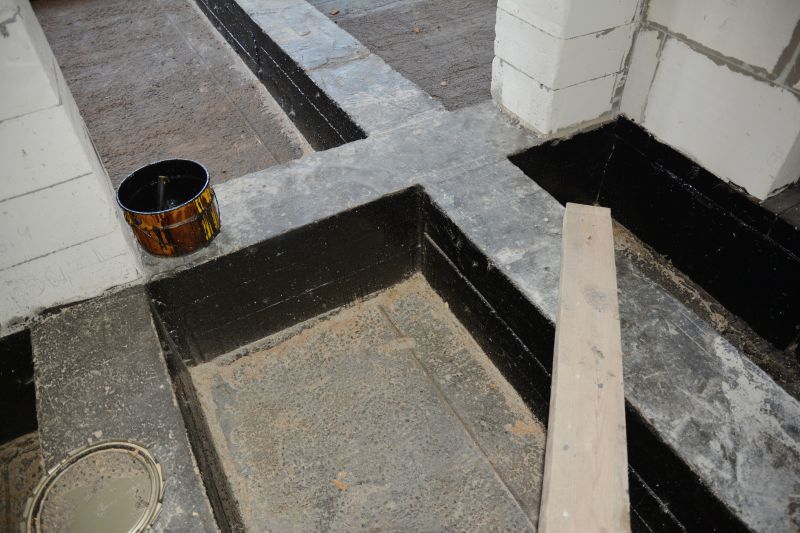
Rough timing from prep to clean-up for Waterproofings.
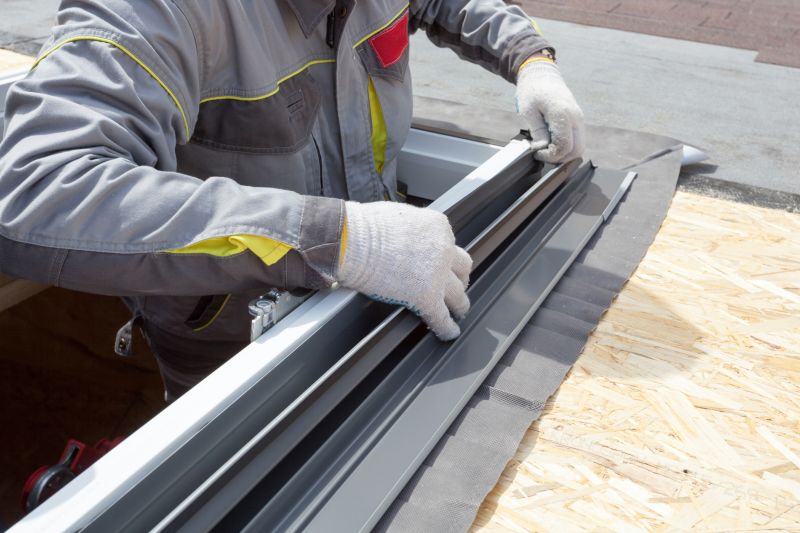
Quick checks and paperwork to keep after Waterproofings.
Selecting the appropriate time for waterproofing can significantly impact the durability and performance of the waterproofing system. Proper planning, combined with weather monitoring and surface preparation, ensures long-term protection from water damage.
Contact for guidance on scheduling waterproofing projects during optimal conditions.

